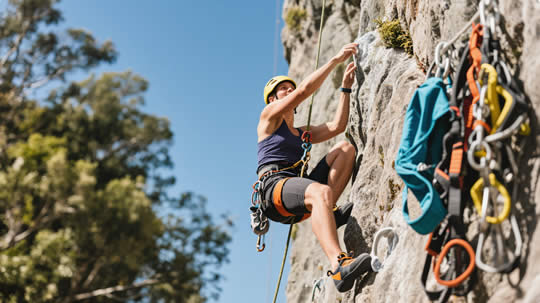Building Your Climbing Foundation
Assembling your climbing gear collection represents an exciting step in your development as a climber. By focusing first on quality personal equipment and gradually expanding your kit alongside your skills, you create a solid foundation for safe and enjoyable climbing experiences.
As you begin your climbing journey, remember these guiding principles:
- Safety should always be your primary consideration when selecting equipment
- Knowledge and proper technique are more important than equipment specifications
- Quality gear appropriately matched to your current abilities enhances learning
- Progressive acquisition aligned with skill development optimizes both performance and budget
- Seek instruction from qualified teachers when learning new climbing disciplines
The climbing community offers abundant resources for developing both your technical skills and equipment knowledge. Local climbing gyms typically provide beginner courses covering essential safety skills and basic gear use. Many specialty retailers offer equipment clinics where you can handle different options before purchasing. Online resources from manufacturers and climbing organizations provide detailed information about proper gear selection, use, and maintenance.
With thoughtfully selected equipment supporting your development, you're well-positioned to enjoy the remarkable physical, mental, and social benefits that climbing provides. Remember that climbing gear serves your adventure rather than defining it - focus on developing skills, building partnerships, and experiencing the joy of moving on rock rather than accumulating equipment beyond your current needs.
